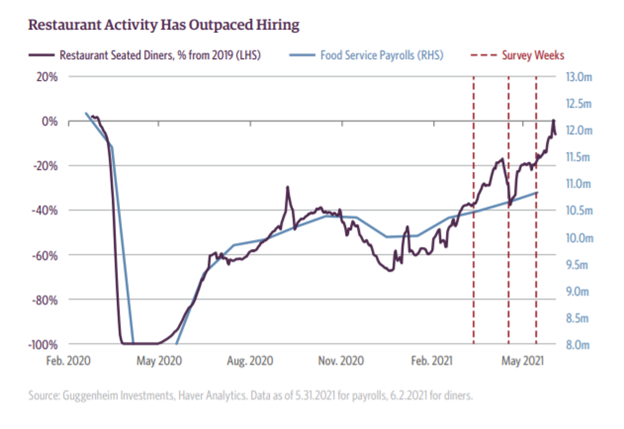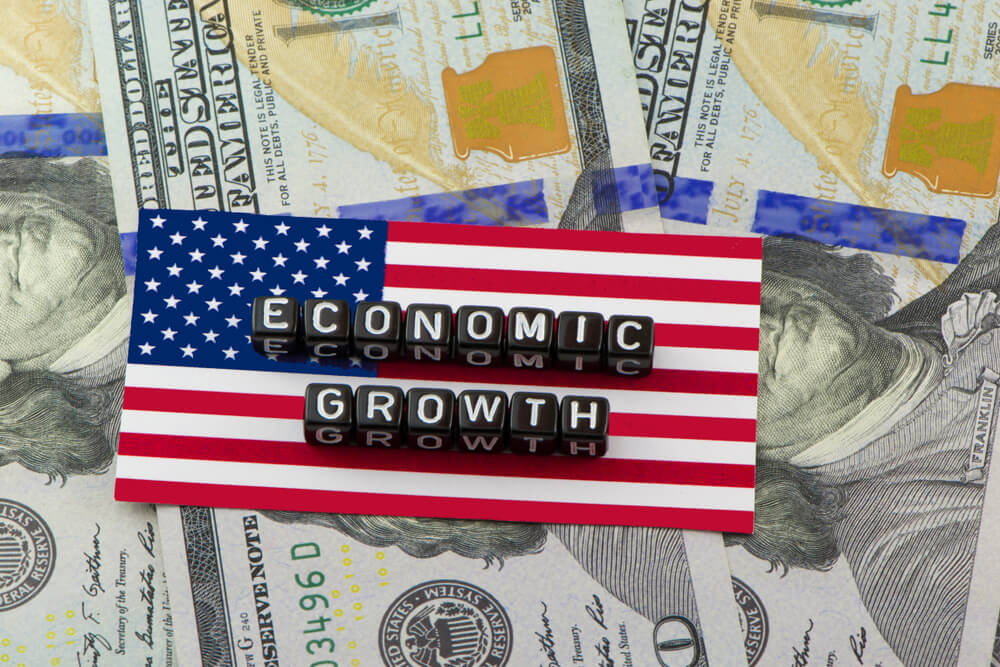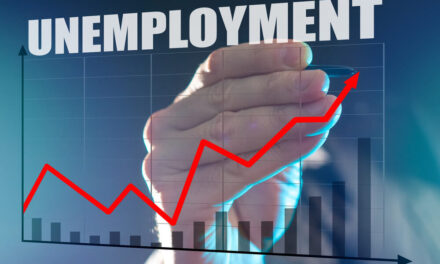Millions remain out of work. Their jobs are gone forever. Yet, the economy is in recovery even without those jobs.
Economists have an explanation for economic growth without job creation. They call it productivity, and it can offset job losses.
Productivity is a measure of economic output per unit of input. For a factory, productivity is the amount of product manufactured divided by the number of hours needed to produce the goods.
For example, if a factory produces 100,000 cars a month and employees work 200,000 hours, productivity is 0.5 cars per hour. However, if labor drops by 50% a year later while output is unchanged, productivity is now one car per hour.
Economists have found that in order to increase a country’s standard of living, productivity must increase. This means the economy will produce more goods with less labor.
For the past decade, noted economist Robert Gordon has expressed concerns about the decline in labor productivity. U.S. productivity has lagged for decades, according to his research.
Preliminary data points to a potential reversal in this trend. In a recent research report, Guggenheim Investments highlighted the fact that “restaurant business activity has nearly completely recovered, but employment remains 12% below pre-pandemic levels.”
Automation and Productivity Outpace Labor

Source: Guggenheim Investments.
Streamlined Productivity Is Bullish Long Term
Productivity is higher in restaurants than it was before the shutdown. In part, that may be due to increased automation.
Some restaurants have turned to technology to alleviate worker shortages. For example, CNBC reported that “at 10 McDonald’s locations in Chicago, workers aren’t taking down customers’ drive-thru orders for McNuggets and French fries — a computer is…”
Smaller restaurants have also adopted technology or streamlined processes. These changes allow them to serve just as many customers as they did at the beginning of 2020 with fewer workers.
Other industries are seeing similar trends. Productivity gains could explain why so many people remain out of work while the economy is back to normal in many ways.
This productivity growth is bullish in the long term if it sustains.
While I didn’t exactly design the internet, I can take full credit for this.
I’ve created a first-of-its-kind innovation in the financial markets. It allows everyday traders to get ahead making one simple trade per week.
Click here to see how it works.
Michael Carr is a Chartered Market Technician for Banyan Hill Publishing and the Editor of One Trade, Peak Velocity Trader and Precision Profits. He teaches technical analysis and quantitative technical analysis at the New York Institute of Finance. Mr. Carr is also the former editor of the CMT Association newsletter, Technically Speaking.
Follow him on Twitter @MichaelCarrGuru.





